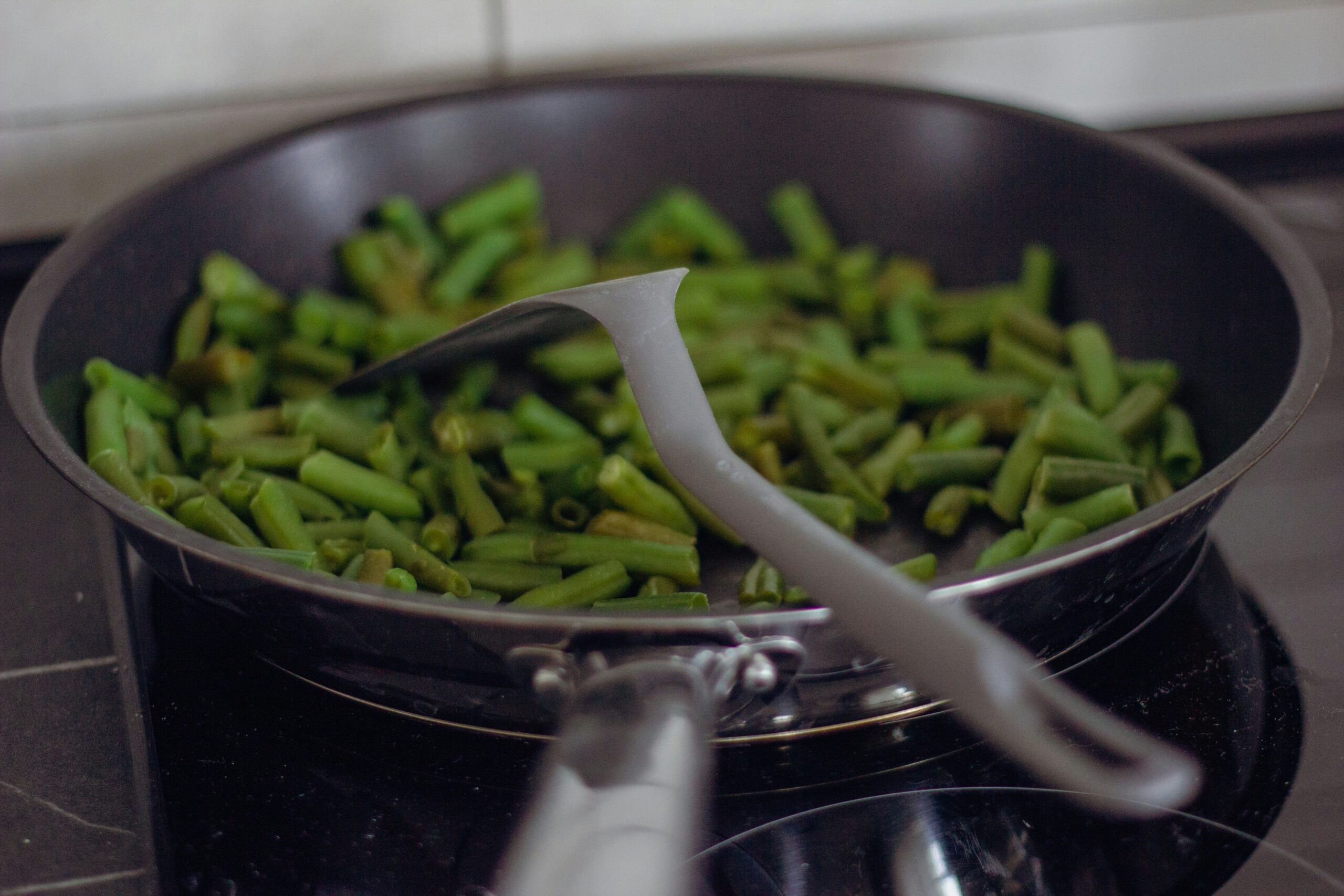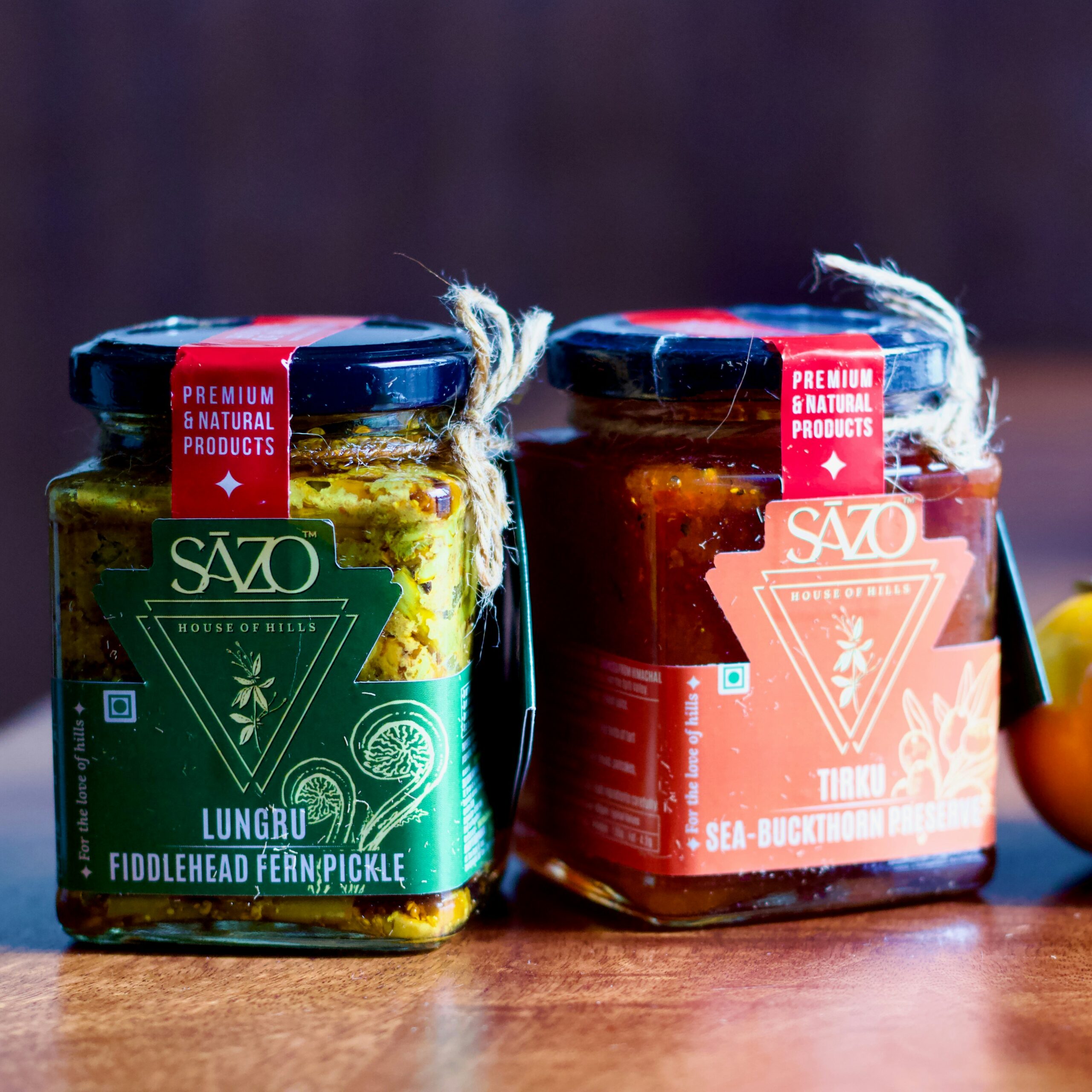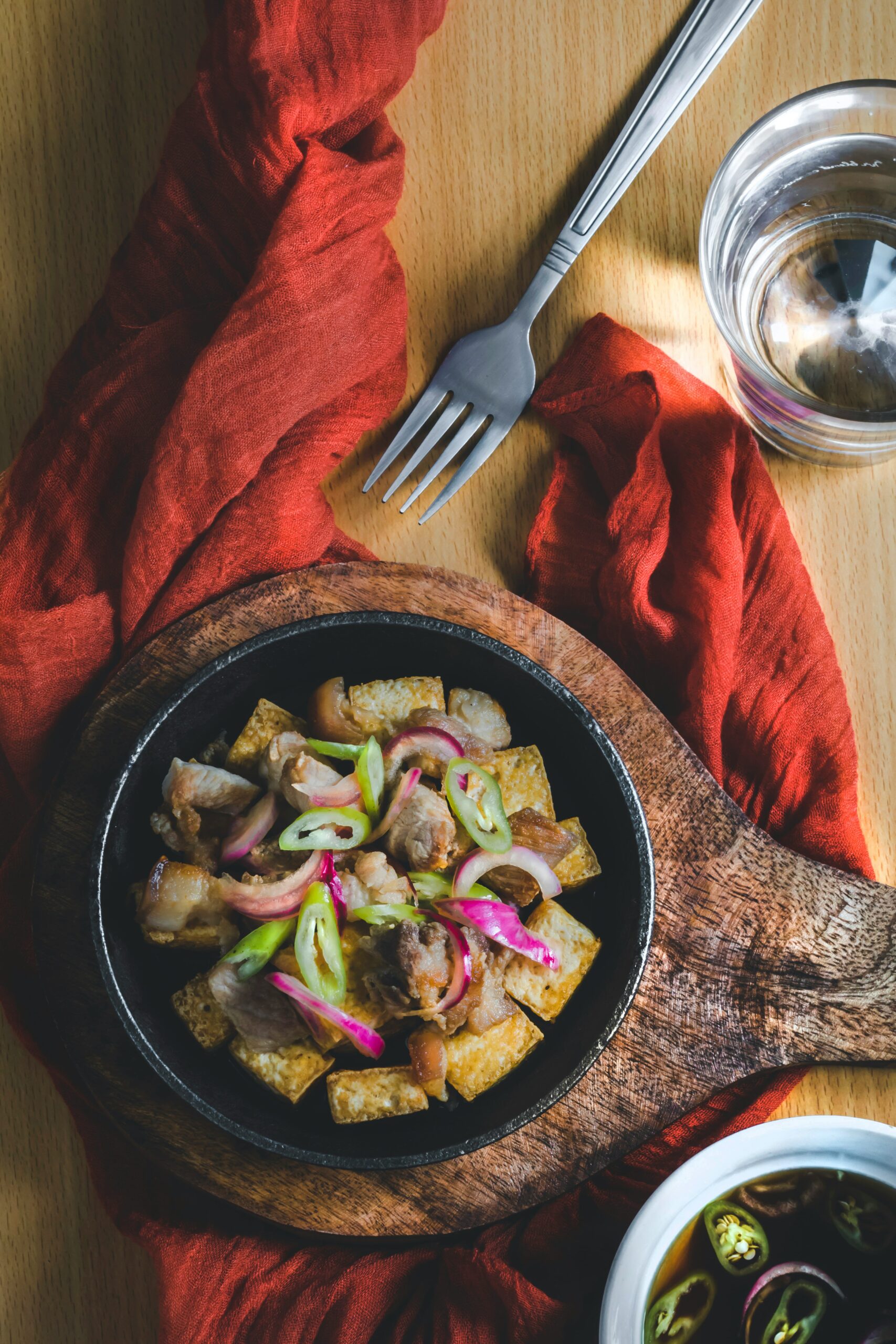Savoring Tradition: A Journey Through Family Recipes Across Generations
There’s something magical about the aroma of a family recipe wafting through the house, isn’t there? It can stir memories, evoke emotions, and even forge connections across generations. As I sit here reminiscing about my grandmother’s kitchen, I can almost hear her laughter mingling with the sizzling sound of onions in a pan. This article embarks on a delightful exploration of family recipes that have transcended time, offering a peek into how these culinary treasures are passed down from one generation to the next.
The Roots of Culinary Tradition
To understand the significance of family recipes, it’s essential to appreciate their roots. Many cultures have rich traditions surrounding food—a reflection of history, geography, and social dynamics. In Italy, for instance, Sunday dinners are a sacred ritual, where generations gather to savor handmade pasta and rich sauces. Similarly, in Mexican households, the preparation of tamales can become a familial event, with every member contributing to the process.
But what makes these recipes so special? They often come with stories—sometimes heartwarming, sometimes bittersweet. For instance, a particular dish might represent a loved one’s journey or a cherished memory. In my own family, my mother often speaks of her great-grandmother’s apple pie, a recipe that has been meticulously preserved, almost like a family heirloom. It’s not just about the pie, mind you; it’s about the warmth of the kitchen, the shared laughter, and the lessons learned while baking together.
Documenting Oral Traditions
As families evolve, so do their traditions. Many recipes are passed down verbally, with grandmothers teaching their grandchildren the art of cooking through hands-on experience. Yet, as our lives get busier, there’s a risk of these oral traditions fading away. I once had a friend whose family made a remarkable curry that had been in their lineage for centuries. But when her grandmother passed, the recipe went with her, lost to time.
This brings us to the importance of documentation. Writing down these cherished recipes not only preserves them but also provides future generations a glimpse into their heritage. It’s like creating a family cookbook that captures not just the how-to but the heart behind each dish. In fact, some families have taken this a step further by creating digital archives of their culinary history, ensuring that their stories don’t vanish into thin air.
From Generation to Generation: The Stories Behind the Recipes
Let’s delve into some personal stories that illustrate the profound impact of family recipes. One particularly touching example comes from my neighbor, Mrs. Thompson, who often shares her late husband’s secret chili recipe during block parties. The first time I tasted it, I was taken aback by the depth of flavor—smoky, spicy, with a hint of sweetness. When I inquired about it, she told me it was a recipe handed down from his mother.
“He always said it was a family secret,” she chuckled, “but I think he just didn’t want to share his exact measurement of love.”
It’s these little quirks that make family recipes so delightful. Another friend of mine, Raj, often recounts the story of his grandmother’s biryani. Each layer of rice was cooked separately, then meticulously assembled, which took hours. But the best part? The family would gather around the table, and before digging in, they’d all take turns sharing a memory associated with the dish. “It’s not just food,” he says. “It’s a ritual.”
Modern Twists on Classic Dishes
As society evolves, so too do our tastes and cooking methods. Enter the modern twist on traditional recipes. Many chefs and home cooks today are experimenting with their family recipes, infusing them with contemporary flavors or dietary considerations. For instance, I’ve seen recipes for vegan versions of classic beef stews, gluten-free takes on grandma’s famous lasagna, and even fusion dishes that blend multiple cultural elements.
While some purists may raise an eyebrow at these adaptations, many families are embracing them as a way to keep their culinary traditions alive while catering to modern dietary needs. I remember a delightful dinner at a friend’s house where she served a quinoa-stuffed bell pepper—a far cry from the traditional meat-stuffed variety her mother used to make. “I still keep my mom’s recipe in mind,” she assured me, “but I like to think of it as honoring her while also making it my own.”
Sharing Recipes: The Digital Age
In this age of technology, sharing family recipes has become more accessible than ever. From social media platforms to personal blogs, families are documenting their culinary legacies for the world to see. This has not only revived interest in traditional cooking but has also sparked a global conversation about food heritage. I often find myself scrolling through Instagram, where food influencers share their interpretations of traditional dishes, inviting followers to recreate them in their own kitchens.
Yet, with this wave of sharing comes the question of authenticity. How do we maintain the essence of a recipe while adapting it for a wider audience? I once stumbled upon a TikTok video of a young chef attempting his grandmother’s coq au vin, only to end up with a dish that was far removed from the original. “It’s all in the technique!” an audience member chimed in, and I couldn’t help but laugh. The blend of tradition with modernity can sometimes lead to humorous outcomes!
The Role of Food in Family Gatherings
Family gatherings often revolve around food, serving not just as sustenance but as a focal point for connection. Whether it’s a holiday feast or a simple Sunday dinner, the kitchen becomes a hub of activity. I think back to my own family’s Thanksgiving dinners, where the table groaned under the weight of savory dishes, each with its own story. The turkey, my father’s pride, was always the centerpiece, but it was the sides—my mom’s cranberry sauce, my aunt’s green bean casserole—that held the real magic.
What strikes me is how food facilitates conversations. During these gatherings, stories are shared, laughter echoes, and bonds are strengthened over each bite. It’s as if each dish carries a piece of the family history—dishes that evoke nostalgia, laughter, and sometimes even a few tears. In many cultures, the act of sharing food is a sacred ritual, a way to honor those who came before us while creating new memories.
Recipe Relics: Preserving Family Recipes
As time marches on, one must consider how to preserve these culinary treasures. Many families have taken up the task of creating family cookbooks, compiling their favorite recipes alongside anecdotes, photographs, and even historical context. It’s a labor of love that often becomes a cherished keepsake passed down to future generations.
My cousin recently embarked on this project, interviewing our relatives about their favorite dishes and the stories behind them. The result was a beautifully bound cookbook filled with recipes ranging from my great-grandfather’s famous gumbo to my sister’s experimental vegan brownies. “It’s not just about the food,” she said, “it’s about capturing our family’s essence.”
Food as a Cultural Touchstone
Family recipes often serve as cultural touchstones, offering a glimpse into one’s heritage. For immigrants, traditional dishes can provide a sense of belonging in a new land. I once met a woman from Vietnam who spoke passionately about her mother’s pho, a dish that not only filled her stomach but reminded her of home. “Every time I make it,” she expressed, “I feel closer to my roots.”
This connection to culture through food is profound. Many families celebrate their heritage through cooking, incorporating traditional ingredients and techniques that have been passed down through generations. Festivals and holidays often feature specific dishes that hold significant cultural meaning. In Jewish culture, for instance, matzo ball soup is a staple during Passover, bringing families together to commemorate their shared history.
The Future of Family Recipes
As we look to the future, the question remains: how will our family recipes evolve? With the rise of globalization and the fusion of culinary traditions, it’s likely that the next generation will continue to reinterpret these cherished dishes. I find it fascinating to think about how my children might approach my grandmother’s recipes, perhaps adding their own twists or discovering entirely new ingredients.
Yet, amidst these changes, it’s crucial to remember the essence of what these recipes represent. They are more than just instructions on a page; they are a connection to our past, our family, and ourselves. As I reflect on my own culinary journey, I’m reminded of the importance of preserving these traditions while embracing innovation. After all, food, like life, is all about balance.
Conclusion: A Culinary Legacy
The journey through family recipes across generations is one marked by love, laughter, and the occasional kitchen disaster. It’s a journey that reminds us of our roots and the importance of sharing our stories with others. As we savor the flavors of our ancestors, let us also celebrate the ways in which we can modernize and adapt these recipes, ensuring that they remain vibrant and relevant for future generations.
So, the next time you find yourself in the kitchen, consider the legacy you’re creating. Will your children reminisce about the smell of cookies baking in the oven or the flavorful stews simmering on the stove? Whatever the case may be, remember that each dish you prepare is a thread in the rich tapestry of your family’s story—a story worth savoring for generations to come.




